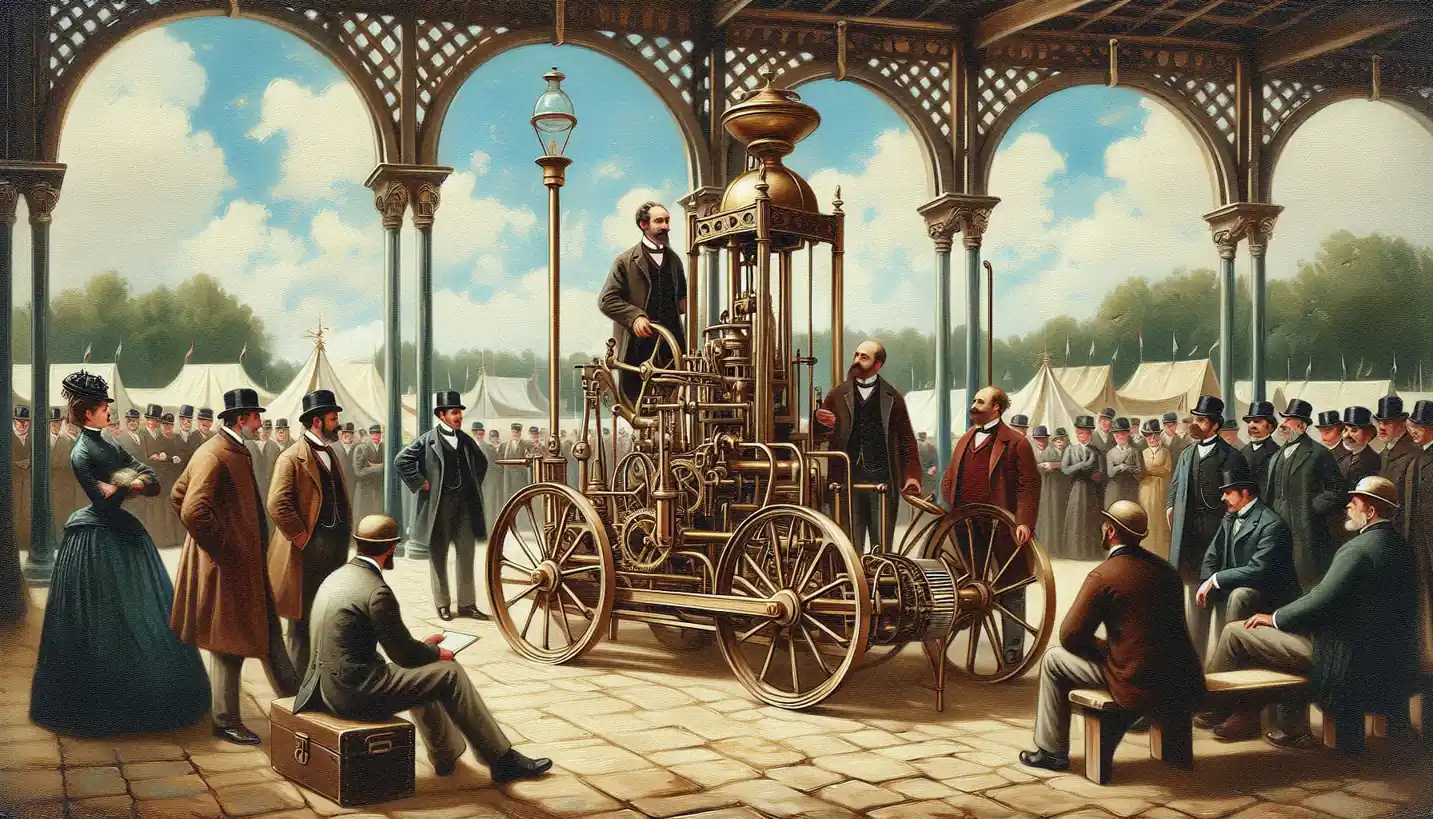· History · 4 min read
Phrenology: The Curious Tale of Bumps and Beliefs in Medical History
Phrenology explores a fascinating chapter in medical history, where people's skull shapes were believed to reveal their character. Dive into the curious world of bumps and beliefs.

Long ago, before brain scans and modern psychology, people had some rather intriguing ideas about how the mind worked. One of the most fascinating and, perhaps, bizarre of these ideas was phrenology. Phrenology was the belief that you could understand a person’s personality, intelligence, and even their destiny by studying the bumps on their head. Yes, you read that right—the bumps on your skull were thought to unlock the secrets of your mind.
The Birth of a Pseudoscience
Phrenology traces its roots back to Franz Joseph Gall, a German physician in the late 18th and early 19th centuries. Gall proposed that the brain was the organ of the mind and that different sections of the brain corresponded to different character traits and mental abilities. Unlike many of his contemporaries, Gall believed that these sections could be measured from the outside, by feeling the skull.
Gall’s idea was revolutionary at the time. He and his followers thought that by meticulously mapping the skull, they could determine a person’s innate talents and shortcomings. This doctrine catered to an era hungry for new scientific explanations and was soon embraced by many.
The Exciting World of Skull Reading
Imagine walking into a dimly lit Victorian parlor. A man in a fine suit invites you to sit down, and with a gentle touch, he starts examining your head. This was the essence of a phrenologist’s work. Using maps that resembled a strange treasure map of the skull, phrenologists claimed to identify dozens of “organs” or areas of the brain corresponding to traits like ambition, kindness, or spirituality.
People turned to phrenology for insights into their careers, love lives, and even their children’s futures. It was seen as a way to make decisions or understand oneself, almost like reading a horoscope today.
Popularity and Influence
In the 19th century, phrenology was more than just a fringe hobby—it became a full-blown trend. Influential figures, including writers and politicians, explored phrenology, and it crept into literature and public discourse. Even the American educational system felt its influence, as teaching experts promoted its potential for understanding students’ abilities.
But the appeal of phrenology went beyond personal interest. It was also used to justify social and political ideas, including some less savory ones. For instance, some proponents used phrenology to claim certain ethnic groups were inferior or destined for certain social roles. This misuse highlights how pseudoscience can sometimes be wielded to reinforce existing biases and inequalities.
The Science That Wasn’t
Despite its early popularity, phrenology began to stumble as the 19th century progressed. Advances in medical science and our understanding of the brain started to chip away at its foundations. Scientists discovered that the brain didn’t work the way phrenologists claimed, and the simplistic maps of personality functions on the skull didn’t hold up under scrutiny.
By the early 20th century, phrenology was largely discredited in scientific circles. It turned into an example of how scientific enthusiasm can sometimes lead people astray.
A Lasting Legacy
Even though phrenology has been debunked, it left some interesting marks on history. It was part of a larger movement that helped shift focus toward the brain as the organ linked with personality and behavior, paving the way for modern neuroscience.
Moreover, phrenology serves as a historical lesson in scientific skepticism. It reminds us of the importance of questioning ideas and relying on evidence rather than enthusiasm alone. After all, pseudosciences like phrenology teach us to critically evaluate new scientific claims before accepting them as true.
A Touch of Humility
As we look back at phrenology, it’s easy to chuckle at the idea of head bump reading. But it’s also a humbling reminder. In centuries past, educated people genuinely believed in phrenology’s power. What seemed cutting-edge then might seem quaint or misguided now. This encourages us to keep an open yet questioning mind about our own contemporary beliefs. Who knows what current scientific ideas might be viewed differently in the future?
Curiosity or Caution?
So, what can we take away from this tale of bumps and beliefs? Phrenology’s story might make us curious about other forgotten sciences or prompt us to wonder where current understanding might evolve. But it also teaches us to approach new ideas with critical thinking. Science thrives on questioning, testing, and refining our understanding of the world around us.
The excitement surrounding phrenology shows just how human it is to seek explanations and patterns, even in the bumps on our heads. While it’s a concept in medical history that’s been debunked, the curiosity it incited continues to inspire us as we strive for knowledge today. As we continue to explore new frontiers in science, it’s crucial to learn from the past, remembering both the wonder and the caution phrenology inspires.

